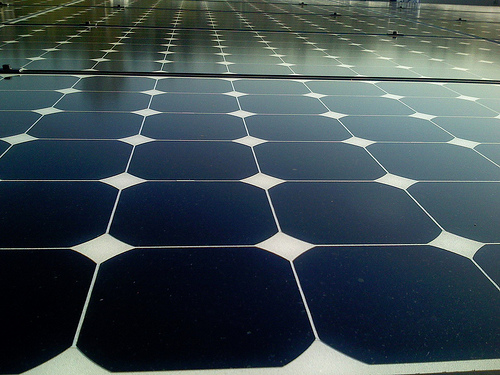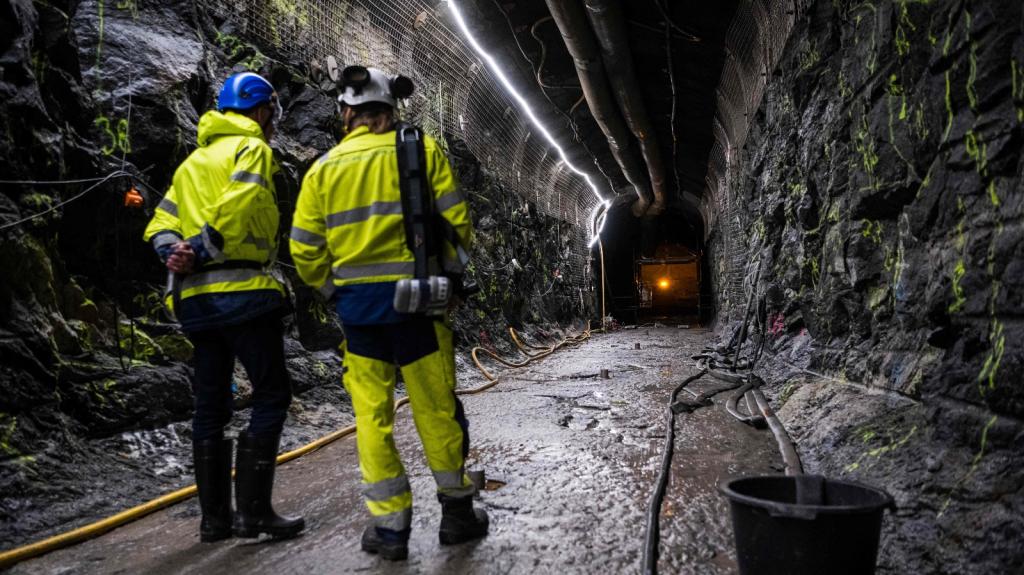Originally published at Minnesota Public Radio.
The United States doesn’t need another nuclear or coal power plant. Instead, it’s time to abandon our 20th-century electricity system — dominated by large, centralized utilities — for a 21st-century electricity system that allows a network of independently owned and widely dispersed renewable energy producers to flourish.
The 20th-century electricity grid was mostly a tale of “bigger is better.” Utilities built ever-larger fossil fuel and nuclear power plants in pursuit of the cheapest possible electricity. For a 20th-century society, it worked. But the paradigm has changed.
Since the year 2007, national electricity consumption has leveled off. In many states, it has declined. Coupled with new state policies to promote energy efficiency, it’s possible to halt the growth in electricity use.
We don’t need more electricity: We need cleaner electricity.
Wind and solar power are providing that clean energy. Over the past five years, wind power has made up an average of 35 percent of new power generation in the United States — 60 percent in 2009 alone. In Germany, citizens are putting enough solar on rooftops to replace a nuclear power plant every year.
Clean energy can power the grid, but only if it can connect to the grid. For years, utilities have had a “grid-lock” — a near-monopoly on getting new power onto the grid. When it came to legacy power plants, the “grid-lock” was unimportant because few folks other than the utilities could handle the cost and complexity of building and supplying big coal, nuclear, and natural gas power plants. But unlike coal or gas, wind and solar power projects can be sized to the community, making them easier to finance, build, and connect to the local grid. The community-sizing — democratizing — of energy also means more local economic benefits, especially when the community can actually own the wind turbine or solar panels.
This kind of renewable energy development — also called “distributed generation” — is good for communities, but also for the electric grid. Having many smaller power plants makes the grid more resilient than having a few large ones.
For example, 1,000 community-scale solar plants (each able to power about 100 homes with 500 kilowatts) dispersed across Northeast region could have prevented the massive blackout of 2003, saving the economy $6 billion. Solar also helps utilities during so-called “peak demand,” pouring out sun-provided electricity at times when hot weather (and lots of air conditioners) put stress on the grid. Wind power’s higher nighttime production will provide the perfect match for fueling up our cars as we switch to driving on electricity instead of imported oil.
Despite the litany of benefits to the economy and electrical grid, utilities have used their monopoly to restrict the ability of new wind and solar projects to plug into the grid. Antiquated rules make it hard for wind and solar projects to evaluate their chances to connect and get loans to finance projects. Long applications and wait times string them along. For example, as many as 97 percent of renewable energy projects trying to get a contract and grid connection under California’s renewable energy law fail to do so, stranding millions of dollars in development costs.
The 20th-century paradigm of large, centralized power plants and utilities is dead, but utility companies are still trying to maintain their “grid-lock” monopolies. It’s time to break that hold: Renewable energy is available everywhere, and can be cost-effectively harnessed in our communities with enormous benefits to the electric grid and local economies.
You can read more about the 21st-century electricity paradigm in Democratizing the Electricity System, recently released by the Institute for Local Self-Reliance.




